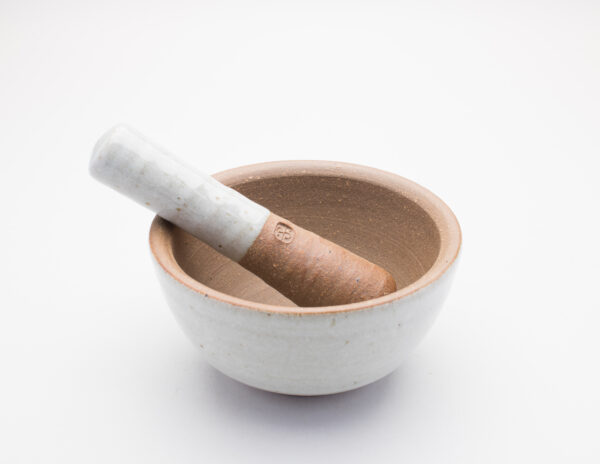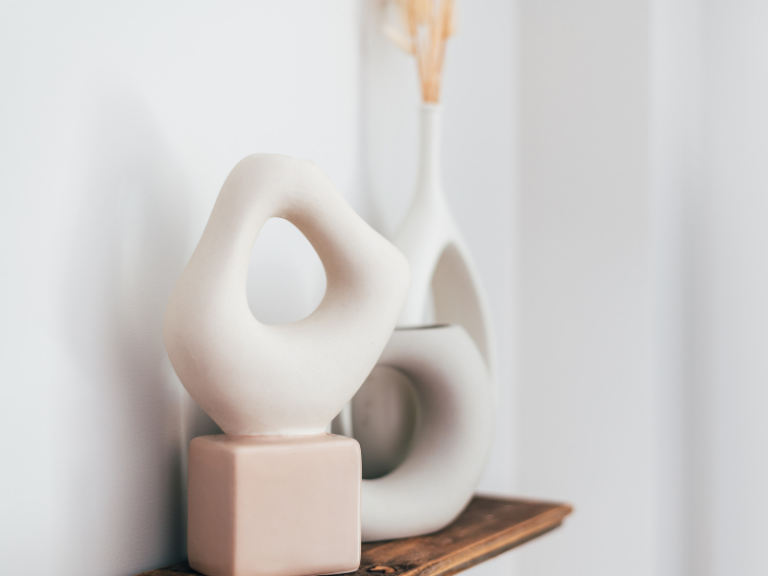Pottery has always straddled the line between fine art and a more practical application. Cups, saucers, plates, and Ming vases all occupy a space along the ceramics spectrum.
Priceless vases made from bone China and delicately hand-painted by skilled artists sit at the top of the pyramid — but they don’t need to be ancient to be valuable. Works by contemporary artists like Turner Prize winner Grayson Perry sell for six figures (his most expensive work sold in 2017 for £632,750). He has since brought his artistic eye to textiles.
Another notable artist to embrace ceramics is Pablo Picasso. His hand-painted pieces were sold in small galleries, often reasonably priced. The Oscar-winning film director Sir Richard Attenborough was famous for his collection of more than a hundred, many of which were bought during the 1950s in the artist’s lifetime.
The good news about ceramics is that people will always find room on their shelves for a beautiful piece of pottery, while wall space for giant abstract artworks is severely limited. There is a growing trend among ceramics for the “stealth wealth shelf” — giving shelf space to tastefully curated ceramics and glass that subtly reflect taste and affluence.
So how do you get out of the cups and saucers mass market and add your work to this more valuable space?

What are the key elements to making fine art ceramics?
Age
It’s fair to say that old ceramics can become valuable simply by aging. But if you don’t want your great-great-great-grandchildren to get the benefit, this strategy is out. There are ways clever ways to approach this using ancient techniques in creating work, decorating work and in the ingredients themselves.
What do you make? Vessels are where the money is in fine art ceramics. This might mean vases, but could also mean bowls and bottles. The idea isn’t to make something that people can put their flowers or fruit in, but something that looks striking on a shelf or takes pride of place on a console table. You might consider plates and serveware (for bread and butter, for example), but try developing those plates into platters and those jugs into something bigger and grander.
Exclusivity
If you have only made one, or more commonly in ceramics, a limited series of works, this adds dollars to your work. Once gone, the work is gone. But if someone loves something they missed out on, offer to create a commissioned piece or collection just for them.
Residencies
There are many highly prized residencies for active studio pottery offering a wage and a home to artists looking to develop their art. Once you have carried out a residency, your star (and price tag) will rise among collectors.
What’s its purpose
The more unusable – and sometimes un-displayable (think of piles of powdered dyes), the more valuable an artwork is. Consider the maximum price for stoneware plates and for display platters. There are probably a zero or two in there.
Where do you sell? If your vases and vessels are sold in a boutique homewares shop, your potential buyer might see your work as more collectible and therefore worth more. If they find it in a gallery or fine art shop, it becomes even more valuable. Or if you sell online, you can create your own style. Show single works instead of throwing lots of work together. A single piece of your work sitting in a well-lit white background screams collectible.
Ingredients and method
Clay-based stoneware and pottery are often used more practically than bone China vases, and so people expect to pay more for the latter.
Unless you love vintage flea market finds, you probably only want to display vases, plates and bowls that you consider valuable. This might mean its age, its heritage (it’s been in the family for generations) or how much it costs.
The Leach Pottery in Cornwall, UK, has been producing work for more than a century. It was set up in 1920 by the father of studio pottery Bernard Leach. It now produces pottery and exhibits works by contemporary potters.







